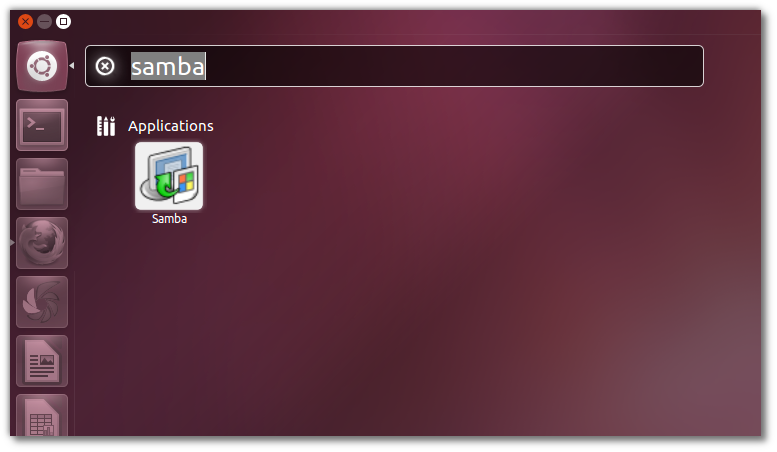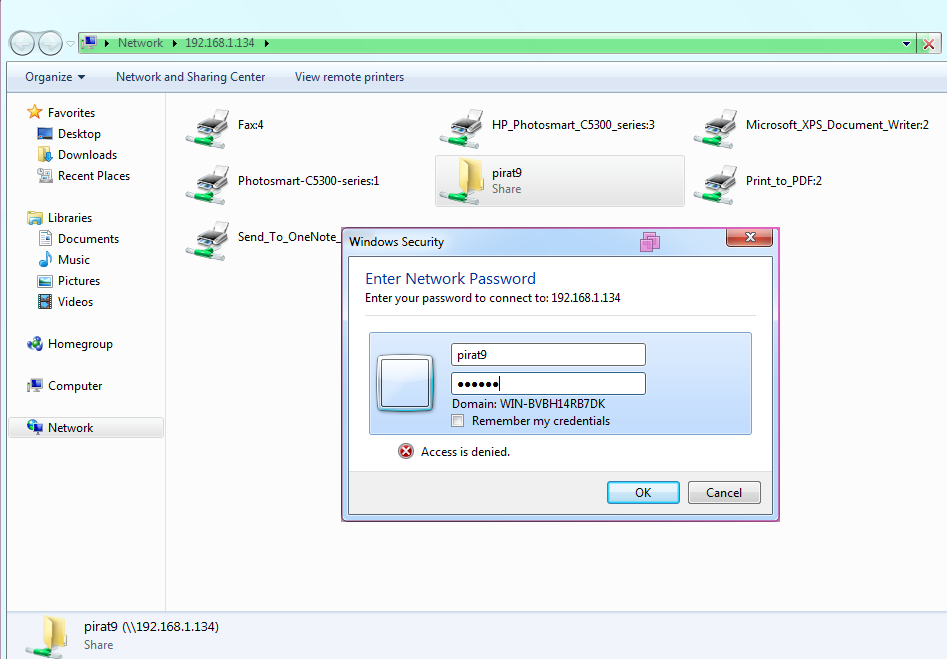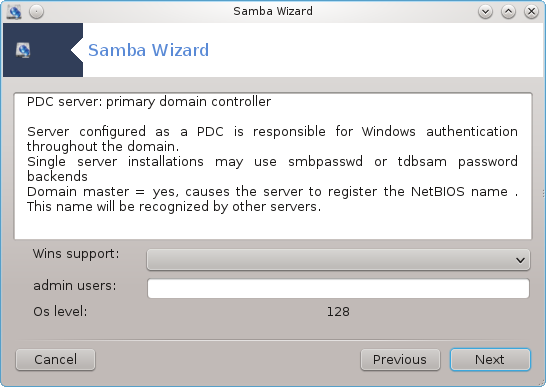Samba Share For Machereiup
Samba server is used as a Domain Controller as well as creating network share which can be used to transfer data between windows and Linux.
- Samba is a free and open-source SMB/CIFS protocol implementation for Unix and Linux that allows for file and print sharing between Linux, Windows and macOS machines in a local area network. Samba is usually installed and run on Linux. It comprises several programs that serve different but related purposes, the most important two of which are.
- We shall use a popular tool Samba. Setting up Samba Server to share files across Linux, Windows, and Mac OS X systems. Samba is a opensource tool that can help you to share the files and printer across cross platforms including Linux, Windows, and Mac over a network. This tutorial guides you on how to install and configure Samba, to enable file sharing between Ubuntu and Windows. However, first we need to prepare our environment as follows: Step 1 – Setting up Ubuntu and Windows Hosts.
- The following documentation describes how to set up a Samba standalone server providing: a share that is accessible anonymously (guest access). A share that requires authentication against a local user database on the Samba host. Creating a Basic guest only smb.conf File.

Configuring Samba to use your shares and interface with local Win.X machines. Ok, now we have the shares set up appropriately, we just need to define them for Samba. In /usr/local/etc/, there is a file named 'smb.conf.default'. This is a seriously large and complex file with waaaay more options than the average user will ever need to get Samba up and running.
Prerequisites:
Make sure you have samba package in your machine
# rpm -qa | grep samba
samba-client-3.5.10-125.el6.i686
samba4-libs-4.0.0-23.alpha11.el6.i686
samba-common-3.5.10-125.el6.i686
samba-winbind-clients-3.5.10-125.el6.i686
samba-3.5.10-125.el6.i686
If the samba package is not there in your system then you can install it using
# yum -y install samba
To make a samba share accessible for any user# vi /etc/samba/smb.conf
(remove all the lines and make the following entry)
security = share
workgroup = EXAMPLE
hosts allow 127. 10.10.10. 192.168.0.
[profiles]
path = /profiles
share modes = yes
guest only = yes
browseable = yes
writable = yes
guest ok = yes
create mode = 0777
directory mode = 0777
Check your firewall and selinux settings settings as in my case I have disabled both.
You will have to restart your machine after making changes in selinux config file
# vi /etc/selinux/config
# This file controls the state of SELinux on the system.
# SELINUX= can take one of these three values:
# enforcing – SELinux security policy is enforced.
# permissive – SELinux prints warnings instead of enforcing.
# disabled – No SELinux policy is loaded.
SELINUX=disabled
# SELINUXTYPE= can take one of these two values:
# targeted – Targeted processes are protected,
# mls – Multi Level Security protection.
SELINUXTYPE=targeted
Restart the samba server services
# service smb restart
# service nmb restart
Try to access your samba share using your windows client
In my case the server IP is10.10.10.19

Samba Nt_status_object_path_not_found
To make a samba share accessible for predefined user (deepak)# vi /etc/samba/smb.conf
(remove all the lines and make the following entry)
security = user
workgroup = EXAMPLE
hosts allow 127. 10.10.10. 192.168.0.
[profiles]
path = /profiles
writable = yes
create mode = 0770
directory mode = 0770
share modes = yes
guest ok = no
valid users = deepak
Samba Status_more_processing_required
# smbpasswd -a (username)
New SMB password:
Retype new SMB password:
# service smb restart
# service nmb restart
Try to access your samba share using your windows client
Related Articles:
Iptables for Samba serverHow to configure Samba 4 Secondary Domain Controller
Follow the below links for more tutorials:
Configure Red Hat Cluster using VMware, Quorum Disk, GFS2, Openfiler
Tutorial for Monitoring Tools SAR and KSAR with examples in Linux
How to secure Apache web server in Linux using password (.htaccess)
How to register Red Hat Linux with RHN (Red Hat Network )
Red hat Enterprise Linux 5.5 Installation Guide (Screenshots)
15 tips to enhance security of your Linux machine
Why is Linux more secure than windows and any other OS
What is the difference between “su” and “su -” in Linux?
What is kernel-PAE in Linux?
What is swappiness and how do we change its value?
How to log iptables messages in different log file
What are the s and k scripts in the etc rcx.d directories
How to check all the currently running services in Linux
What is virtual memory, paging and swap space?
